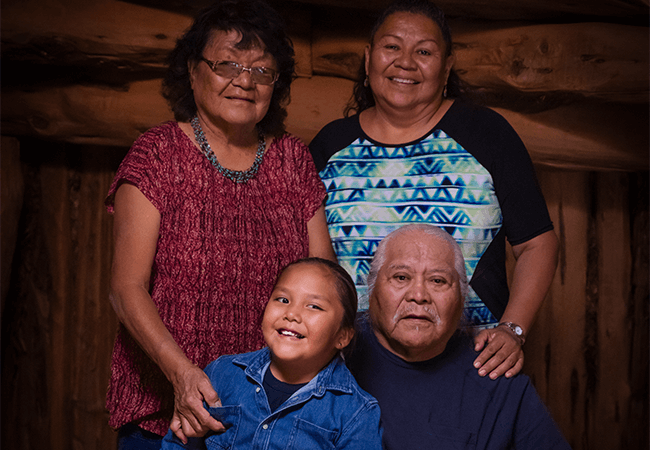
Jan 19, 2023
Eight Native American Profiles and How to Use Them

Since 2021, I have worked with the Future of Nursing: Campaign for Action, an initiative of AARP Foundation, AARP and the Robert Wood Johnson Foundation, as a diversity consultant and senior advisor on implementing recommendations of the National Academy of Medicine’s consensus study, The Future of Nursing 2020-2030: Charting a Path to Achieve Health Equity. The report sees the nursing profession as essential to moving the country closer to achieving health equity. Nurses work in a wide range of settings – such as hospitals, mental health, community and public health, home care, homeless shelters, and hospice – and serve as unique change agents who interface with the realities of individuals, families, and community health. And they regularly work among groups who have long experienced unequal treatment and marginalization because of their race and ethnicity.
Native Americans are one such group, and also a group I identify with and have devoted much of my research career to.
Often when nurses are learning about Native Americans in nursing education, what is used is a deficit narrative. That is, nurses receive instruction that only includes learning about problems, stereotypes, health disparity statistics, the negative experiences of the boarding school era, and centuries of genocide created by US policies to annihilate Native America. And certainly, these learning areas are important to know about.
But what I know about from both my upbringing and my professional work is the richness in culture, traditions, balanced living, inter-generational soundness, and strength among Native communities. I have witnessed many examples of strength and courage in response to overwhelming obstacles.
Inspired by the 2021 Future of Nursing report, and to promote greater understanding of Native Americans among nurses and other health professionals, I have composed eight short profiles of Native individuals, living in rural and urban areas, who find themselves interacting with some aspect of the US health care system. Each profile is followed by prompts and resources for care providers to review to help prepare for this type of interaction.
I have written these for nurses and other health professionals to hopefully begin to shift the understanding of Native people who are doing their best to survive the continued decimation of their culture, and to persevere in the culture and live lives that their ancestors believed in. I hope these profiles increase the recognition and visibility of Native American perspectives of health so that nurses and other health professionals can include Indigenous and other marginalized group perspectives in their approaches to health care and health education.
While the profiles and scenarios are fictional, they detail some everyday, complex scenarios involving the social determinants of health and other factors that Native people routinely deal with. I hope you will spend some time with them and that you find them helpful in thinking through how we can better treat and care for Native individuals, families and communities.
Finally, I wish to acknowledge my wonderful Campaign for Action colleagues, Adriana Perez, PhD, CRNP, FAAN and Peter Reinecke, who reviewed the early story drafts and recommended changes to emphasize health policy viewpoints.
